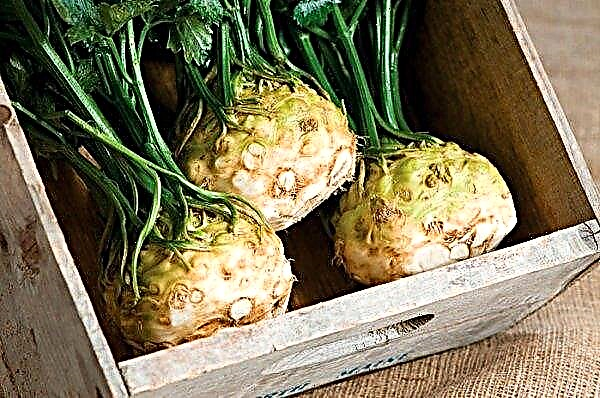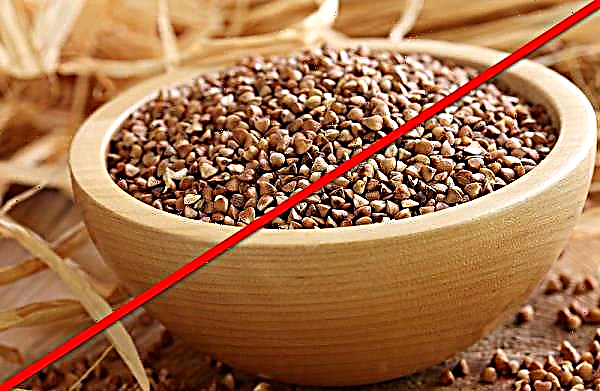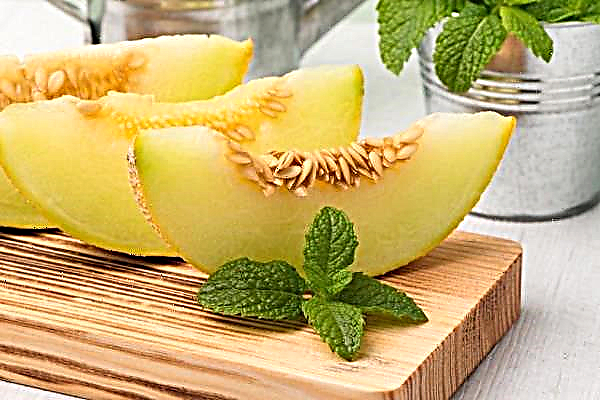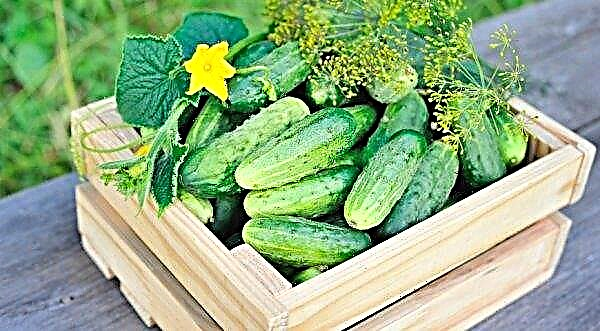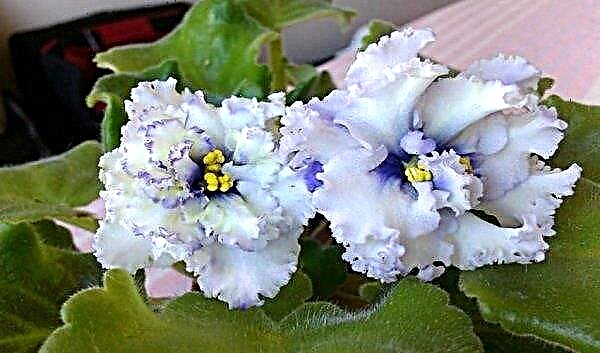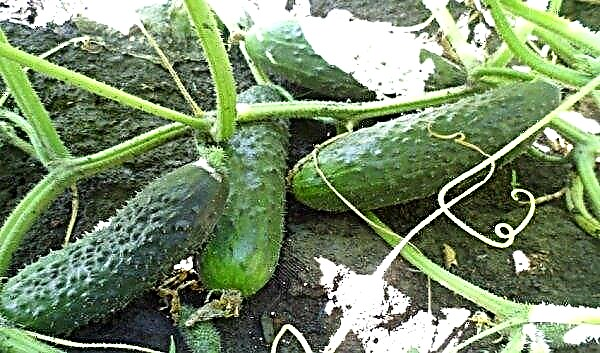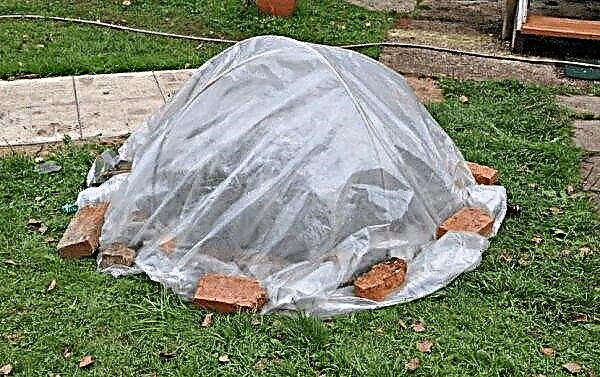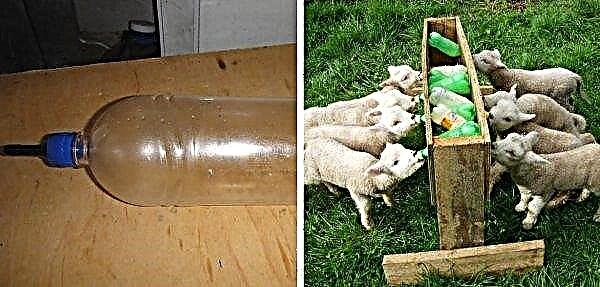In addition to honey, bees produce several more useful products. Among them is bee bread. Apiary owners should be aware of the properties of this beekeeping product and how to properly extract it from the hive at home.
Key Features
Perga or bee bread is pollen pollen collected by bees from plants, laid in a honeycomb, sealed with honey and preserved by lactic acid. Insects produce it for their own food and brood feeding. It contains the necessary proteins and carbohydrates, amino acids, vitamins, enzyme substances. This product is sterile.
Important! If there is no beehive in the hive, the uterus stops the laying of eggs, the bee-builders stop the work on the construction of honeycombs and the release of wax.
One cell contains about 140-180 mg of beef - this amount is enough to feed 1-2 larvae. The color and taste of the product varies depending on which plants are collected pollen and what is its shelf life. Most often, it is colorful, tastes like multivitamins. May be sour, bitter, sweet, depending on the place of collection. After extraction from the honeycomb, the perga has the shape of a hexagonal prism.
How is the bee bread formed?
The process of formation of bee bread is as follows. By flying around the flowers, the bee collects pollen grains. In the hive, she brings them in a basket on her hind legs and proceeds to ramming into honeycombs and sealing with honey. After pollen is preserved, oxygen stops accessing it. At high humidity and temperature, it germinates, under the influence of honey and enzymes lactic acid fermentation is carried out, which ends after 15 days. Having gone through the complete fermentation process, the bee bread becomes sterile and can be stored for a long time.
Did you know? The most ancient fossil of a bee is the found remains in the territory of Burma. Scientists believe that they are about 100 million years old. The discovered insect has hind legs, like a wasp, and the body is pubescent, like a honey bee.
Industrial Extraction Methods
In industrial conditions, the extraction of bee bread is carried out by drying: natural, convective, vacuum.
Natural drying
Drying under natural conditions involves drying in the fresh air under a canopy or in a well-ventilated area. With this method, the product comes out with the highest quality. The disadvantage of the method is the duration of the process.
Convection drying
Convective drying is carried out directly in the hives. Beekeepers who work in small apiaries, this method is not used because of the high cost.
Vacuum drying
This method involves the use of a special vacuum unit. Its main disadvantage is its low performance. The plus is that with it you can easily and quickly empty the cells by stretching granules from them.
Home extraction methods
There are 4 main ways how to quickly and easily extract the described beekeeping product from honeycombs: by soaking, freezing, drying. Each of them has both advantages and disadvantages. Before removing the frame, it should be cut into several parts for ease of use.
Did you know? Honey bees descended from predatory wasps. Scientists suggest that a change in dietary preferences for insects occurred after eating individuals that were dusted with pollen.
Soak
This method is considered not very good, because in the process of it from the pork a large number of useful elements are lost. It requires a large capacity in which to place the frames cut into parts. The container must be filled with cold water so that all the cells in it are immersed. Duration of soaking - 2-3 hours. Subsequently, the granules are removed by hand.
Freezing
Parts of the frame should be wrapped in plastic wrap or placed in a bag. Then put in a freezer, cooled to a temperature of –10 ° C, but not lower. The duration of freezing is 3 hours. After this, the frame should be removed, crushed with a wooden stick. Separate granules from wax shells by hand.
Another way is to place the frame for grinding in a blender, and then separate the granules from the wax by sifting with a sieve with hole diameters of 3 mm. The wax will pass through the sieve, and the granules will remain on the grid.
Natural drying
This method is the longest, but at the same time the most popular and allows you to save the maximum amount of valuable substances. The frames are transferred to a room where sunlight does not penetrate, where a minimum level of humidity is observed and the temperature regime is maintained at + 20 ... + 25 ° С. The duration of drying in natural conditions is 2-3 months. After this, the granules must be manually separated from the honeycomb.
Drying in an electric dryer
You can reduce the drying time by placing parts or whole frames in an electric dryer. At a temperature of + 30 ... + 35 ° С, drying will occur after 8–10 hours. After this, the granules, as in the previous method, are separated manually.
Areas of application for bee pollen
People use this beekeeping product for eating, as well as in traditional medicine recipes to improve blood composition, increase hemoglobin levels, normalize the digestive system, increase the body's resistance against bacterial and viral infections, speedy tissue regeneration, and slow down the aging process.
Important! Strong allergic reactions can occur on the bee bread, as well as on honey, in people prone to allergies.
Also, bee bread is widely used to treat various diseases in apitherapy. So, bee bread is a useful beekeeping product. It is not easy to extract it from the honeycomb. Many methods are used for recovery, including drying, freezing, and soaking.

